20 Amazing Benefits Of Allspice For Skin, Hair, And Health
Take the help of these dried berries to improve immunity and heart and gut functioning.
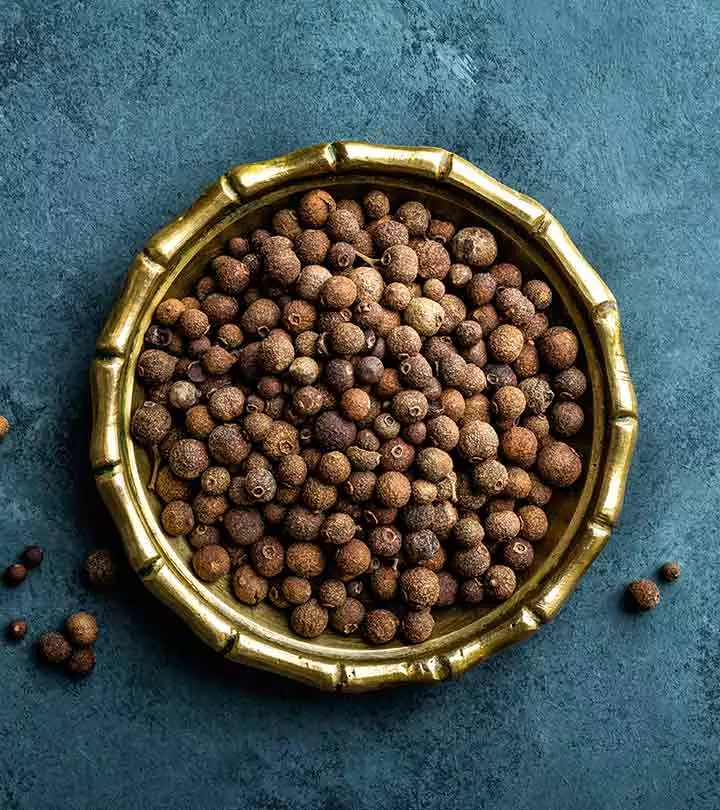
Image: Shutterstock
Allspice benefits go beyond its all-encompassing flavor. It is made from the dried berries of the evergreen shrub Pimenta dioica. This interesting name was given to it as its subtle flavor was a combination of cinnamon, clove, ginger, juniper, nutmeg, and pepper. Allspice contains many vitamins, minerals, and plant compounds like potassium, iron, calcium, magnesium, and vitamin C. It may boost immunity, and promote heart, dental, and gut health. This article discusses what is allspice, the benefits of allspice, its nutritional profile, and any potential side effects. Keep reading.
 Know Your Ingredient: Allspice
Know Your Ingredient: AllspiceWhat Is It?
It is a dried berry of the plant Pimenta dioica which has a unique flavor that is a combination of different spices like cinnamon, nutmeg, cloves, pepper, juniper, and ginger.
What Are Its Benefits?
It may aid in digestion, improve oral health, and heart health, strengthen bones, treat depression, and help manage menopause symptoms.
Who Can Use It?
Anyone who does not have an allergy or taking anticoagulant medications can safely consume it by adding it as a spice to different dishes or topically applying the essential oil.
How Often?
It can be consumed daily but only in small amounts.
Caution
People who have sensitive skin or are allergic to it should avoid consuming it as it may trigger rashes or seizures.
In This Article
What Is Allspice?
Allspice refers to the dried berries of the plant Pimenta dioica, an evergreen shrub. It was given this interesting name as its unique flavor seemed to be a combination of cinnamon, nutmeg, cloves, pepper, juniper, and ginger. It was originally grown in Jamaica, Southern Mexico, and Central America but can now be found in other parts of the world. It is also known as Jamaican pimento, myrtle pepper, and kababchini in other parts of the world.
Allspice fruits are picked when they are green and unripe. They are then dried in the sun until they turn brown and look like large peppercorn kernels.
These dried allspice berries can be used whole or ground to a powder as a spice in cooking or as a seasoning. The leaves of allspice plants look a lot like bay leaves and are also used in cooking. Additionally, meats smoked with the wood and leaves of the allspice plant have a unique flavor to them. And what’s more? Allspice is also used extensively in its essential oil form.
You must be wondering where this elusive spice came from. Well, let’s take a peek into its interesting history…
Key Takeaways
- Allspice is made from the dried fruits of the pimenta dioica plant.
- It can improve digestion, oral health, and blood circulation.
- People with cancer, epilepsy, or GI issues should avoid allspice.
- Some people can develop an allergic reaction and rashes due to allspice.
- You can add dried allspice berries to your wine, soups, salads, or curries.
History Of Allspice
Allspice was native to Jamaica and was first encountered by Christopher Columbus on his second voyage to the New World in 1493. He mistook allspice to be pepper (which was what he was looking for) and brought it back to Spain. Here, it was named ‘pimienta’ (Spanish for ‘pepper’) by Diego Alvarez Chanca. Thus, it slowly made its way into European and Mediterranean cuisines by the 15th and 16th centuries and continued to be used quite widely until World War II. At this time, many allspice trees were cut and their production never really recovered. Thus, it is not used as much today.
 Trivia
TriviaThis doesn’t take away from the fact the allspice is a nutrient-dense spice that you need in your life right away. Let’s look at some of them.
What Is The Nutritional Value Of Allspice?
| Nutrients | Amount | |
|---|---|---|
| Fats | ||
| Total Fat | 0.5 g | |
| Saturated Fat | 0.2 g | |
| Polyunsaturated Fat | 0.1 g | |
| Water | 0.5 g | |
| Ash | 0.3 g | |
| Omega-3 fatty acids | 4.2 mg | |
| Total Omega-6 fatty acids | 137 mg | |
| Carbohydrates | ||
| Total Carbohydrate | 4.3 g | |
| Dietary Fiber | 1.3 g | |
| Calories | ||
| Total Calories | 15.8 | |
| Vitamins | ||
| Protein | 4.2 g | |
| Vitamin A IU | 32.4 IU | |
| Niacin | 0.2 mg | |
| Folate | 2.2 mcg | |
| Vitamin C | 2.4 mg | |
| Minerals | ||
| Calcium | 39.7 mg | |
| Iron | 0.4 mg | |
| Magnesium | 8.1 mg | |
| Phosphorus | 6.8 mg | |
| Potassium | 62.6 mg | |
| Zinc | 0.1 mg | |
| Sodium | 4.6 mg | |
| Selenium | 0.2 mcg | |
One tablespoon (6 gms) of allspice contains 0.5 gms of fat and 15.8 calories. It also has 4.3 g of carbohydrates and absolutely no cholesterol. It is also low in sodium and a good source of potassium, iron, calcium, magnesium, and vitamin C.
Mmmm, all that good stuff is sure to offer a world of health benefits, isn’t it? So, let’s dive right in!
What Are The Health Benefits of Allspice?
If I could rename allspice, I would probably call it ‘allbenefits’ because of, well, the staggering number of benefits it offers. From relieving aches and pains to boosting your immunity and helping cope with mental health issues, there’s nothing that this amazing spice can’t do. Let’s take a closer look at the benefits.
1. Is Anti-inflammatory

The topical use of allspice (either as its essential oil, poultice or in a hot bath) relieves pain caused by a number of conditions like muscle aches, joint pains, sprains, gout, arthritis, and hemorrhoids. This is because it has active components that help reduce inflammation and pain (1).
2. Aids Digestion
The eugenol in allspice works wonders for digestion as it stimulates the digestive enzymes
(2). This helps in reducing a number of stomach ailments like diarrhea, constipation, vomiting, excessive flatulence, and bloating. It also helps regulate the overall digestive process with ease.
3. Boosts Immunity
Allspice helps boost immunity with the help of its antibacterial activity that is pretty effective against a number of stomach bacteria like E. coli, Listeria monocytogenes, and Salmonella enterica (3). It has also been found to improve immune activity in fish (4). Additionally, adding allspice to certain foods can preemptively neutralize certain bacteria before they even enter your body and wreak havoc. It is good for our immune system’s health.
 Trivia
Trivia4. Has Antioxidant Capacity
Allspice contains a range of components like vitamin A, vitamin C, eugenol, quercetin, and tannins that make it a powerful antioxidant
(5). These antioxidants help get rid of free radicals from your body that are a leading cause of a number of diseases (like cancer) and age-related problems.
5. Enhances Dental Health
Allspice has been traditionally used in dental procedures as it contains eugenol that works as a great local anesthetic (6). Its antimicrobial property has also been associated with good gum and dental health (7). So, unpleasant as it may seem, you should probably consider adding gargling with allspice to your daily dental routine.
6. Improves Circulation
Massaging an area with allspice essential oil creates a warming effect and increases the blood flow and circulation in that area (8). This, in turn, can help relieve swelling, aches, and pains.
7. Protects Heart Health

The extract of allspice has been found to create a hypotensive effect and reduce elevated blood pressure in rats (9). The potassium found in allspice also acts as a vasodilator and increases blood flow throughout the body. This, consequently, reduces the strain on your heart, promotes better cardiovascular health, and reduces the risk of strokes and heart attacks.
8. Strong Bones
If strong bones are what you seek, you will get them with the help of allspice. The manganese found in allspice is responsible for reducing spinal bone weakening in postmenopausal women and has also been found to improve bone mineral density in rats (10), (11).
9. Acts As A Stimulant And Makes You Energetic
What makes allspice an excellent stimulant is its iron content. Iron works to distribute and transfer oxygen to all the parts of the body and your brain to boost your energy levels. In fact, a study has found that iron improved women’s exercise performance and helped them exercise with a lower heart rate and more efficiently, i.e., without getting tired easily (12).
10. Good For Metabolism
When it comes to maintaining metabolism, allspice is an absolute powerhouse because of the many minerals it contains. Iron, for instance, plays a major role in the generation of new cells and red blood cell production in the bone marrow. While manganese helps in the synthesis of a major antioxidant enzyme, potassium works to regulate heart rate, blood pressure, and the synthesis of a number of body fluids.
11. Prevents Cancer
Information is a little confusing and contradictory when it comes to allspice and its ability to prevent cancer. Research studies have shown that it can kill breast cancer cells in mice and inhibit prostate cancer cell growth (13), (14), (15). However, it also contains eugenol that can promote the growth of cancer cells in people who already have cancer or trigger the disease in people who are at a high risk of being afflicted by it.
12. Improves Brain Functioning
Allspice is chock-full of vitamins A and B9 (folate) that improve and protect your brain functioning as you age. It also contains riboflavin that helps reduce fatigue and magnesium that prevents cognitive decline and memory loss (16).
13. Slows Down Aging

The copper contained in allspice serves a dual purpose when it comes to preventing the signs of aging – it works as an antioxidant to scavenge free radicals and also as an important coenzymei Inorganic compounds like activated vitamins required by various enzymes to act as catalysts for a reaction. in the production of collagen. With these powers combined, it manages to tighten your skin and prevents the appearance of the physical signs of aging like age spots, wrinkles, and macro-degeneration (17). In other words, it slows down the aging process and improves skin health.
14. Good For Diabetics
Drinking allspice tea could be beneficial for diabetics as this spice has an extremely low glycemic index. This means that it causes a slower rise in blood sugar and, consequently, insulin levels. Moreover, allspice has also been found to improve glucose and insulin metabolism in rats (18).
15. Helps Maintain Healthy Blood Cell Count
Allspice helps maintain a healthy blood cell count for the simple reason that it contains iron and copper – two minerals that are essential for the formation of new blood cells (19). A deficiency of these two minerals can cause anemia, fatigue, and muscular weakness.
16. Relieves Menstrual Cramps
Allspice has anti-inflammatory and analgesic properties that provide effective pain relief. So, it comes as no surprise that Jamaicans have been drinking allspice tea to relieve menstrual cramps for ages now (20).
17. Masks Unpleasant Odors
When it comes to aroma, allspice has a powerful scent that has notes of cinnamon, cloves, nutmeg, and ginger, which make it great for masking unpleasant odors. This is the reason its essential oil is used as a fragrance in deodorants, cosmetics, aftershaves, and medicines.
18. Fights Bacterial And Fungal Infections
Here’s the thing about allspice that makes it extra special – it makes sure that your food is rid of all sorts of icky microbes even before you put it in your mouth. Yep, allspice has been found to kill bacteria and inhibit fungal growth in food (21), (22). This means cooking or preserving food with this spice could prevent you from falling sick from a number of infections. This means it could prevent respiratory issues caused by fungal infections.
19. Treats Depression

It is a widely known fact that inhaling essential oils and undergoing aromatherapy can help treat some mental health problems. The essential oil of allspice is no exception to this rule. Inhaling allspice essential oil can help reduce depression, nervous exhaustion, tension, and stress (23).
20. Treats Menopause Symptoms
Allspice has been used in traditional medicine as a herbal remedy for treating the symptoms of menopause. It has also been used as an alternative to hormone replacement therapy in herbal medicine. However, there is no scientific research that conclusively proves the same.
Allspice is a powerhouse berry with diverse health benefits, including anti-inflammatory, antioxidant, and antimicrobial properties. It supports overall body functioning, from immune and heart health to digestive comfort. It is an excellent addition to a balanced diet because of its unique flavor and health benefits, such as pain relief. However, as with any potent spice, moderation is key. Before using allspice regularly, anyone with sensitive stomachs, specific medical conditions, or taking medications that may interact with it should speak with a healthcare provider.
Yes, there’s no doubt that those are some pretty spectacular benefits that allspice offers. But the question remains, how can one make maximum use of this spice besides putting it in their food? Well, there are a number of ways you can use it to treat various problems. Just keep reading.
Allspice Uses
If you think allspice is good to be used just as, well, a spice, you are wrong. This miracle spice also can also be used medicinally to treat a variety of conditions as is evident by all the benefits we discussed above. Here are the ways you can use it:
- Traditionally, allspice has been by dentists on teeth and gums as it contains eugenol that has some anesthetic and antiseptic properties.
- Allspice also contains tannins that dilate the blood vessels and make the surrounding area feel warmer. Thus, it is used as a poultice or poured in a hot bath to provide relief to sore muscles and joint pains caused by arthritis.
- The essential oil of allspice is used to provide relief from a number of conditions like headaches, colds, insect bites, sprains, and sinusitis.
- Inhaling this essential oil has also been known to produce a relaxing effect and help insomniacs fall asleep.
- A herbal tea decoction made using allspice has long been used to treat a wide variety of ailments like stomach ache, flatulence, menstrual cramps, and diabetes.
- Allspice has been used as a marinade for the famous Jamaican Jerk Chicken for ages now and to add a kick of flavor to the traditional pumpkin pie.
- It is also used as a mulling spice to prepare a number of drinks and as a pickling agent.
 Trivia
TriviaAll of this is well and good, but it can be a real bummer if you were not able to find allspice in your area. If that’s the case, below is a simple substitute you can prepare at home. It obviously won’t offer you the benefits that allspice does but can at least make your food taste delicious.
How To Make Allspice
If you can’t find allspice in your area (I’m so sorry) but still want to try out all the yummy recipes it is used in, you can whip up a substitute for it in no time. It’s simple, really. All you need to do is mix half a teaspoon each of ground cinnamon, cloves, and nutmeg. That’s it! You now have your very own homemade version of allspice.
Now, there’s always a difference of opinion when it comes to using any spice while cooking. While some people prefer using ground spices, others would rather just chuck them in whole. Here’s what you need to know about allspice when it comes to this debate.
How To Consume Allspice
When it comes to using allspice while cooking, you can go either way – either use the whole berries or the ground spice. And because it has such a unique and multi-dimensional flavor profile, it pairs well with both sweet and savory dishes.
You can drop a few dried allspice berries into your mulled wine or chai while brewing to add a deep, warm flavor to it.
A pinch of ground spice sprinkled into curries, soups or stews gives them a more rounded flavor.
You can even give your desserts like pumpkin pie, apple pie, and gingerbread a bit of a spicy kick with this spice.
And, of course, you absolutely need to try out the allspice marinade that is used to make the lip-smacking Jamaican jerk chicken that we’re going to delve into next.
Allspice Recipe
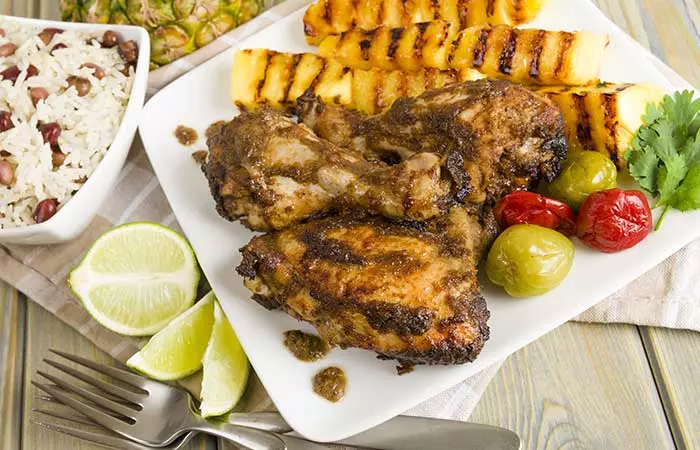
Jamaican Jerk Chicken
Ingredients
- 6 boneless chicken breast halves
- 4 limes (juiced)
- 1 cup water
- 2 teaspoons ground allspice
- 1/2 teaspoon ground nutmeg
- 1 teaspoon salt
- 1 teaspoon brown sugar
- 2 teaspoons dried thyme
- 1 teaspoon ground ginger
- 1 1/2 teaspoons ground black pepper
- 2 tablespoons vegetable oil
- 2 onions
- 1 1/2 cups green onions
- 6 cloves garlic
- 2 habanero peppers
Procedure
- Cut the chicken breasts into medium-sized chunks and put them in a big bowl.
- Pour the water and lime juice over these chicken chunks.
- Chop the onions, green onions, garlic, and habanero peppers to a fine texture.
- Toss the allspice, nutmeg, salt, brown sugar, thyme, ginger, black pepper, and vegetable oil into a food processor and blend them for about a minute.
- Add the chopped onions, green onions, garlic, and habanero peppers to the spice mixture in the food processor and blend until they form a smooth paste.
- Set aside 2 tablespoons of the paste in a small bowl and pour the rest into the bowl of chicken.
- Mix the paste into the chicken. Cover the bowl with cling wrap and place it in the fridge for 2 hours to marinate.
- Cook the chicken on an outdoor grill on medium heat.
- Turn the pieces frequently and baste them with the leftover paste at regular intervals.
- Grill them to your desired level of tenderness.
Now that you’ve dug into some delicious Jamaican jerk chicken, it’s time we turned to more serious issues at hand and talked about how to select and best store allspice.
How To Select And Store Allspice
Though you can buy pre-ground allspice from the store, it is best that you don’t as it could be adulterated and not have the wholesome flavor of pure allspice.
Buy allspice corns (make sure you pick ones that are round and heavy) and grind them up with a mortar and pestle or in a mixer-grinder. Store this ground allspice in the fridge in airtight containers to retain its flavor and use it up before it goes stale and loses all its flavor.
If you would still rather avoid all the effort and prefer buying your allspice already ground up, here’s where you can buy it.
Where To Buy Allspice Berries
You can buy allspice in its various forms – berries, ground, or essential oil – from your nearest grocery store or online.
Well, you know about the benefits of allspice. But there’s a flipside. Here’s what you need to know about the side effects of allspice and its drug interactions.
Possible Side Effects And Interactions
Allspice is definitely a great ingredient that offers a range of benefits. But it also has some side effects that you need to be aware of:
- Hypersensitive individuals could experience an allergic reaction to allspice.
- Allspice can trigger seizures in epileptic individuals, so it’s best they steer clear of it.
- People with sensitive skin could experience rashes, contact dermatitis or other reactions after consuming or topically applying allspice.
- People with gastrointestinal conditions like duodenal ulcers, reflux disease, spastic colitisi A gastrointestinal disorder that causes an abnormal condition of gut contractions with a severe abdominal pain. , diverticulitisi Small bulging pouches in the lining of the digestive tract. Symptoms include pain, fever, and blood in the stool. , and ulcerative colitis should avoid consuming allspice.
- People with cancer or at a high risk of cancer should avoid allspice as it contains a cancer-promoting component called eugenol.
- People who have blood clotting disorders, are taking anticoagulants (including aspirin), and about to get a surgery should not use allspice or its essential oil because of its phenol content.
- Pregnant and lactating women should consult their healthcare provider before consuming allspice.
Learn about the amazing health benefits of allspice. Scroll down to watch the video to discover the nutrients and facts that make this spice so beneficial for your health.
Infographic: 10 Reasons To Use Allspice For Cooking
The flavors of cinnamon, cloves, and nutmeg are packed neatly in one potent spice – allspice. This powerful ingredient packs a punch when it comes to providing health advantages. Allspice is a need in every kitchen for its intense flavor profile, and its perks range from helping with digestion and boosting bone health to having anti-inflammatory and antioxidant activities. Check out the infographic below to learn why you should use it for cooking and baking.
Some thing wrong with infographic shortcode. please verify shortcode syntaxAllspice is a spice derived from the dried fruits of the Pimenta tree. It is packed with essential nutrients and has a unique flavor. The benefits of allspice can be attributed to its anti-inflammatory, antioxidant, and anti-cancer properties. In addition, it aids in digestion, enhances dental health, improves blood circulation, protects your heart, and strengthens bones. This folk medicine also has many culinary applications. However, it may cause allergic reactions in hypersensitive individuals and trigger seizures and rashes. Also, individuals taking anticoagulants should avoid taking allspice. In addition, pregnant and lactating mothers should consult their doctor before using this spice.
Frequently Asked Questions
What is the best substitute for allspice?
Cinnamon, cloves, and nutmeg ground together in equal proportions is a great substitute for allspice. It may also be beneficial as cinnamon is amazing for skin.
Which is the best – whole allspice berries or ground allspice?
In terms of taste, there really is no difference between whole allspice berries and ground allspice. However, it’s best to use ground allspice while cooking as it dissolves into the dish and lends it a more even distribution of flavor as opposed to whole allspice berries.
Is allspice good for anxiety?
A lack of estrogen is associated with mood disorders and anxiety. Allspice is known to mimic the activities of estrogen by bonding with estrogen receptors in the body and may help with anxiety in women with low estrogen levels (24).
Is allspice good for hair?
Allspice is high in antioxidants which helps fight hair loss and hair damage as it relieves oxidative stress.
Illustration: Amazing Benefits Of Allspice For Skin, Hair And Health
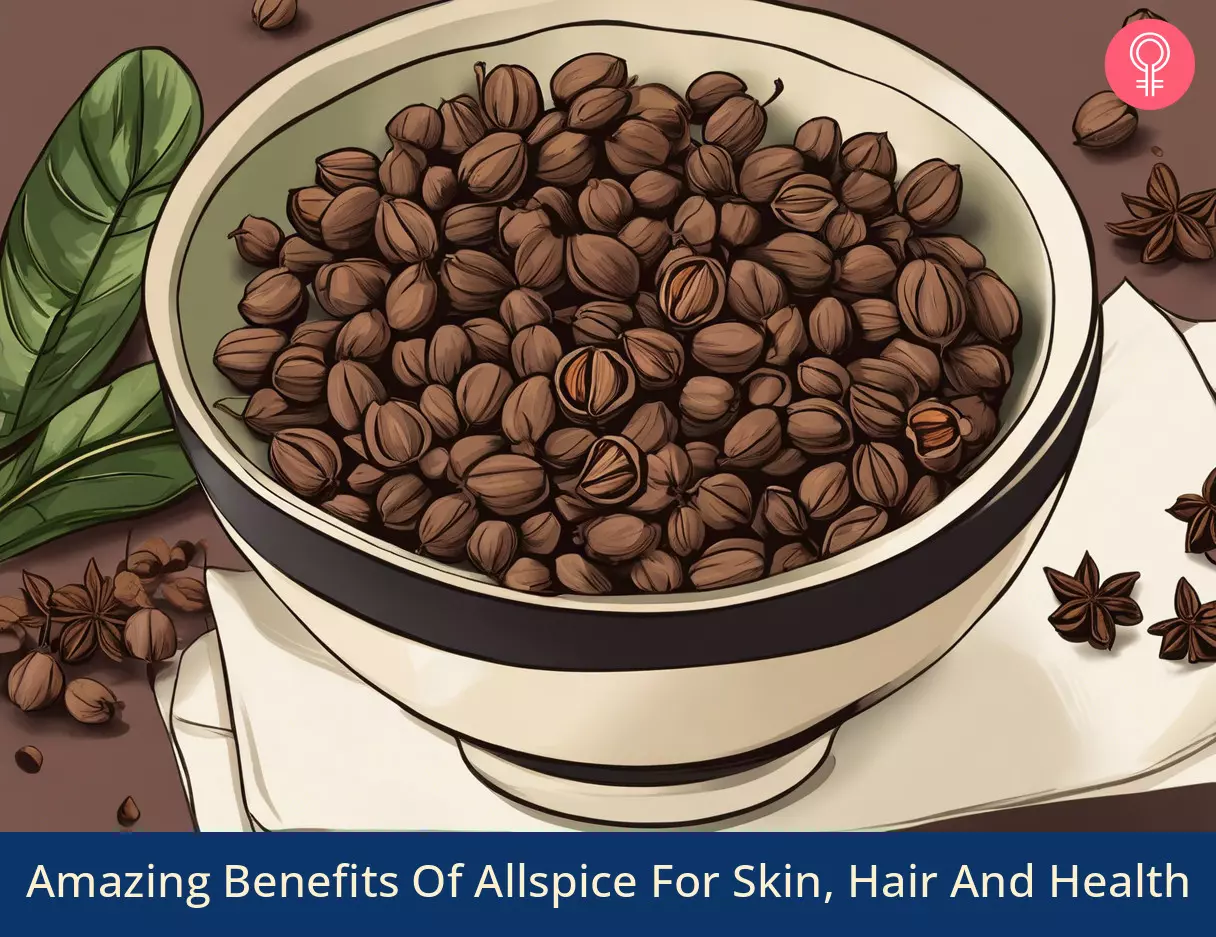
Image: Stable Diffusion/StyleCraze Design Team
References
Articles on StyleCraze are backed by verified information from peer-reviewed and academic research papers, reputed organizations, research institutions, and medical associations to ensure accuracy and relevance. Read our editorial policy to learn more.
- “Ethnopharmacological Studies on Allspice (Pimenta dioica) in Laboratory Animals.” King Saud University, Saudi Arabia.
- “Medicinal Properties of the Jamaican Pepper Plant Pimenta dioica and Allspice.” University of Miami, USA.
- “Bactericidal activities of plant essential oils and some of their isolated constituents against Campylobacter jejuni, Escherichia coli, Listeria monocytogenes, and Salmonella enterica.” U.S. Department of Agriculture, USA.
- “Effects of dietary allspice, Pimenta dioica powder on physiological responses of Oreochromis mossambicus under low pH stress.” Çanakkale Onsekiz Mart University, Turkey.
- “Screening of antimutagenicity via antioxidant activity in Cuban medicinal plants.” Centro de Investigación y Desarrollo de Medicamentos, Cuba.
- “Pimenta dioica (L.) Merr.” University Of Connecticut, USA.
- “Antibacterial Effects of Allspice, Garlic, and Oregano Essential Oils in Tomato Films Determined by Overlay and Vapor-Phase Methods.” U.S. Dept. of Agriculture, USA.
- “Medicinal Properties of the Jamaican Pepper Plant Pimenta dioica and Allspice” National Library of Medicine.
- “Cardiovascular effects of ethanolic and aqueous extracts of Pimenta dioica in Sprague-Dawley rats.” Universidad de Costa Rica, Costa Rica.
- “Manganese.” University Of Maryland, USA.
- “Manganese Supplementation Improves Mineral Density of the Spine and Femur and Serum Osteocalcin in Rats.” Sookmyung Women’s University, South Korea.
- “Iron Supplementation Benefits Physical Performance in Women of Reproductive Age: A Systematic Review and Meta-Analysis.” University Of Melbourne, Australia.
- “Polyphenol-rich extract of Pimenta dioicaberries (Allspice) kills breast cancer cells by autophagy and delays growth of triple negative breast cancer in athymic mice.” University Of Miami, USA.
- “Ericifolin: a novel antitumor compound from allspice that silences androgen receptor in prostate cancer.” University Of Miami, USA.
- “Anti-Histone Acetyltransferase Activity from Allspice Extracts Inhibits Androgen Receptor-Dependent Prostate Cancer Cell Growth.” Yonsei University, South Korea.
- “The Healthy Mind Cookbook.” Katz, R; Edelson, M.
- “Why Copper’s the New Gold Standard in Anti-Aging.” Self.
- “Insulin-like biological activity of culinary and medicinal plant aqueous extracts in vitro.” U.S. Dept. of Agriculture, USA.
- “Copper in diet.” DoveMed.
- “Encyclopedia of American Indian Contributions to the World.” Keoke, E. D.; Porterfield, K. M.
- “Food bacteria-spice survey shows why some cultures like it hot.” Cornell University, USA.
- “Antimicrobial activities of essential oils.” State University of Leiden, The Netherlands.
- “An important spice, Pimenta dioica (Linn.) Merill: A Review.” C. U Shah College of Pharmacy & Research, Wadhwan, Gujarat, India
- “Isolation and identification of three new chromones from the leaves of Pimenta dioica with cytotoxic, oestrogenic and anti-oestrogenic effects” Department of Biology and Department of Biochemistry, USA.
Read full bio of Sarah Spann
Read full bio of Arshiya Syeda
Read full bio of Ravi Teja Tadimalla
Read full bio of Aparna Mallampalli








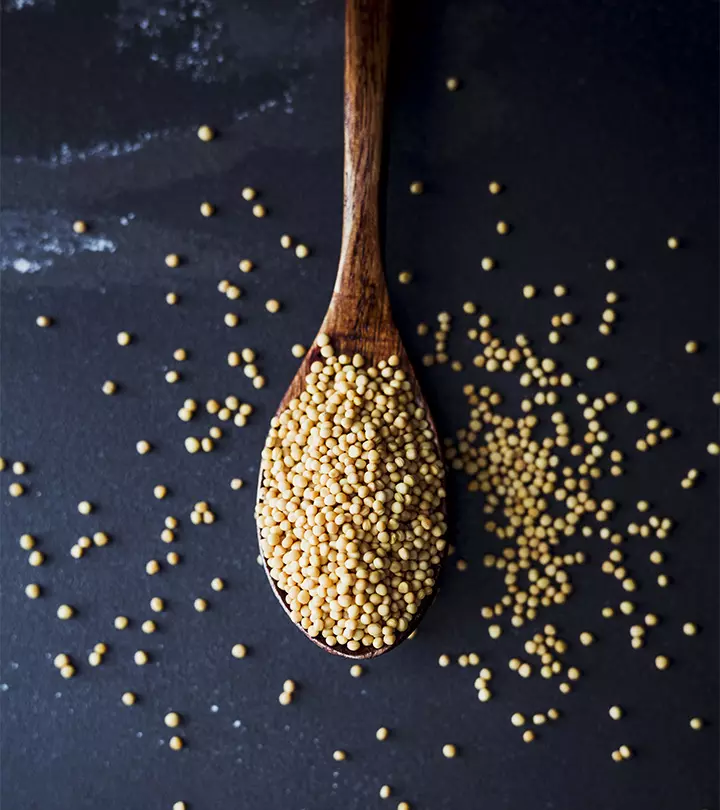
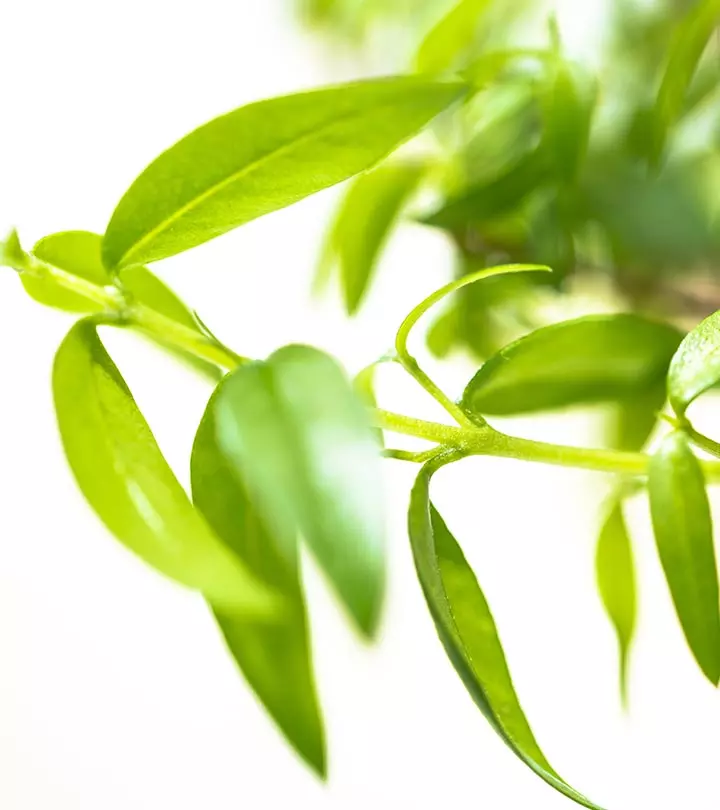
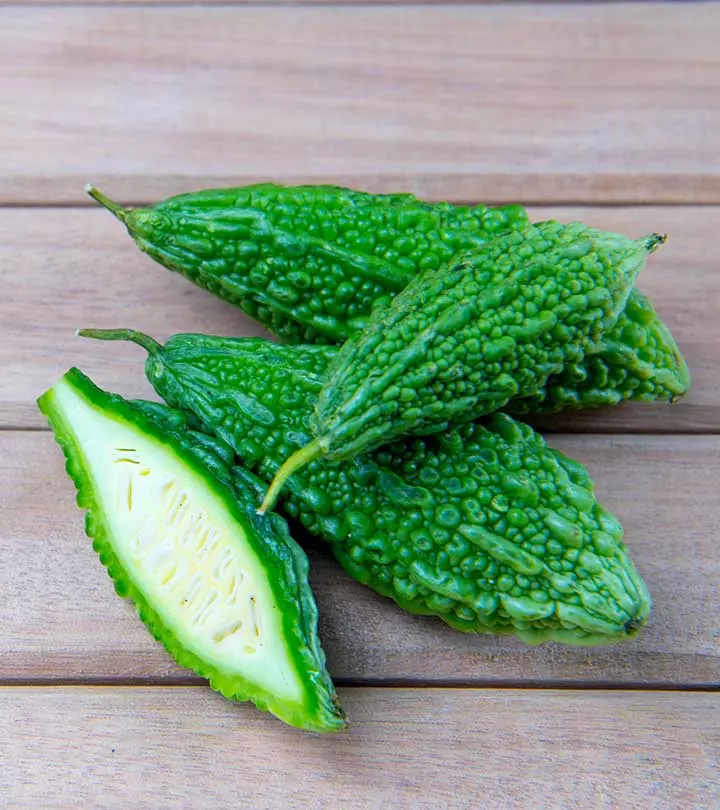
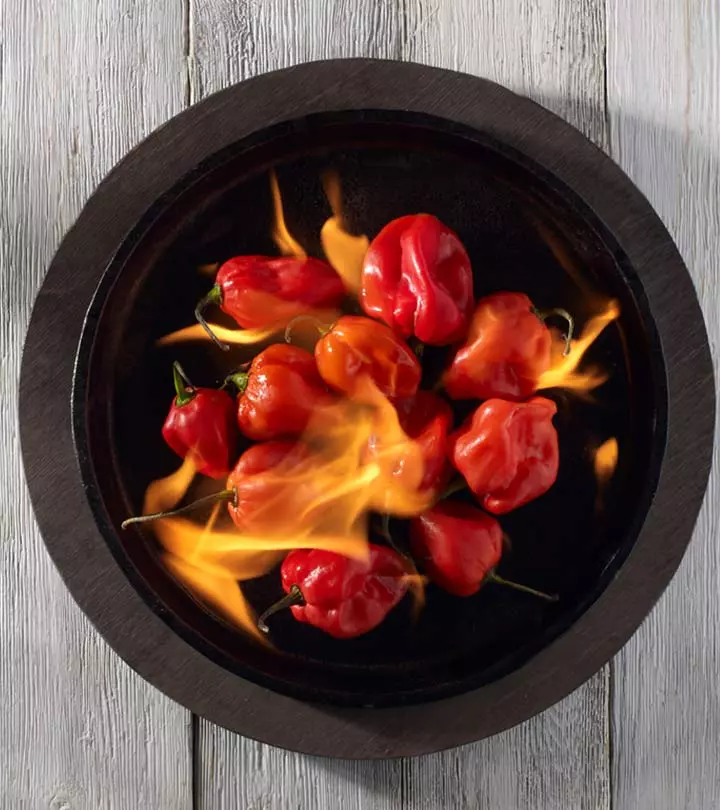
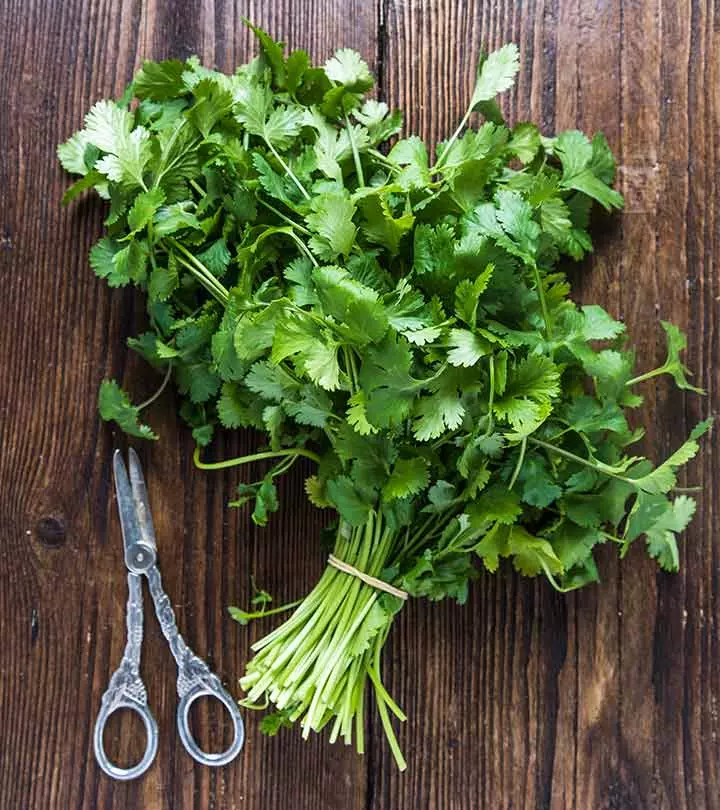



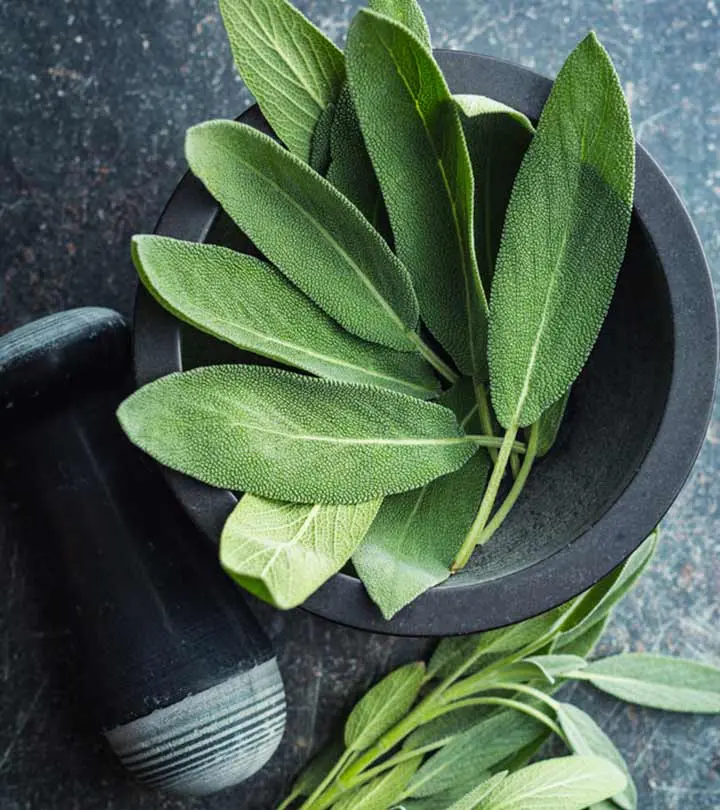
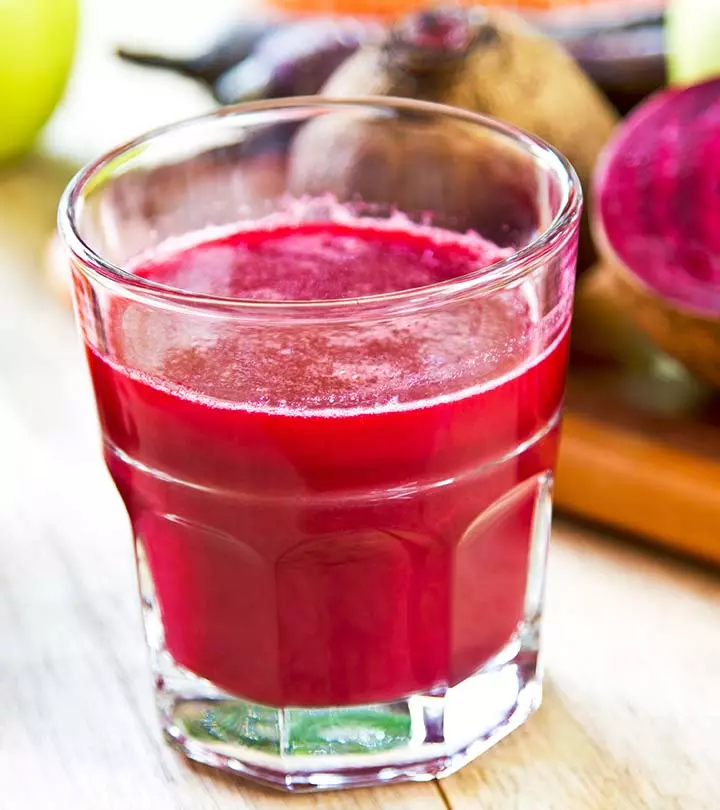

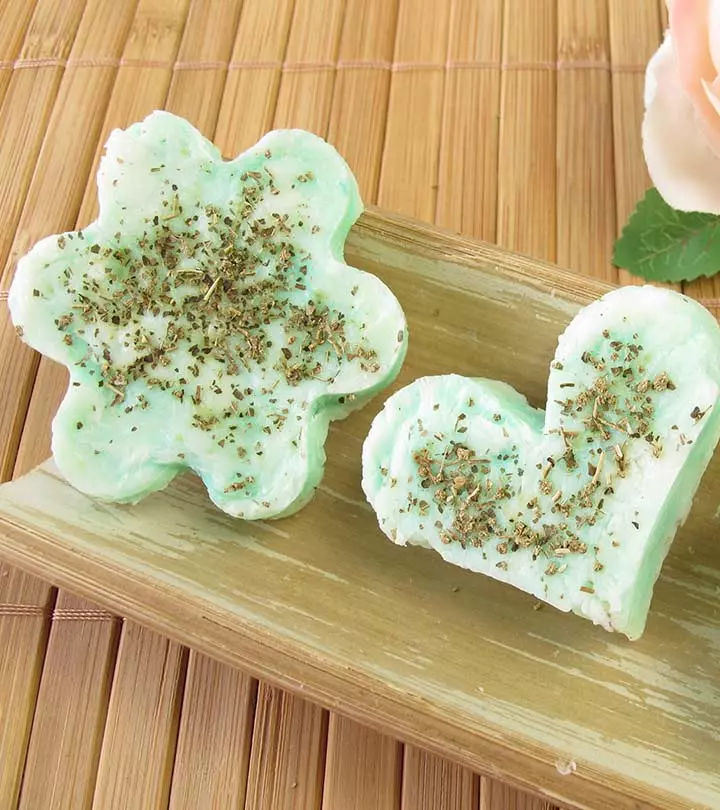
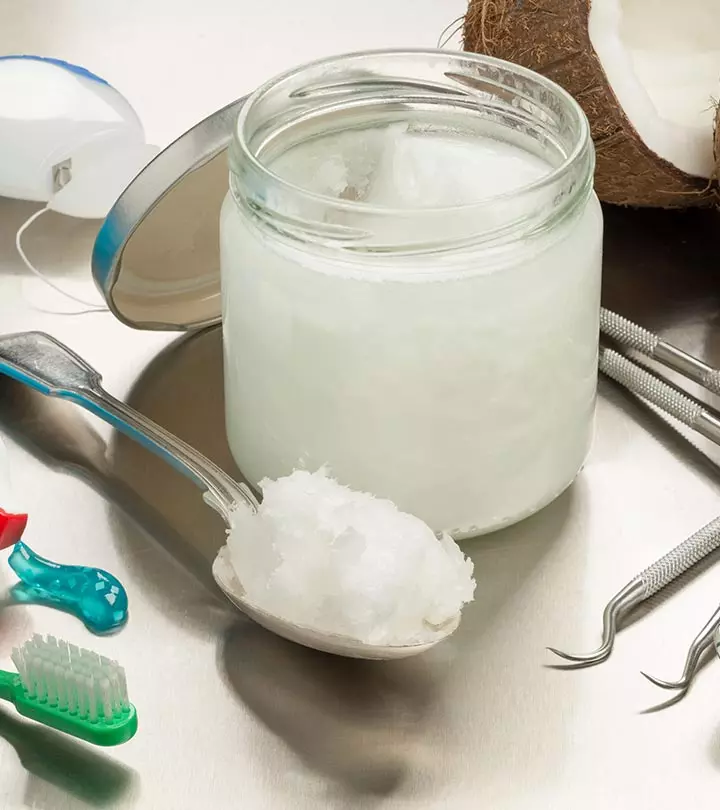




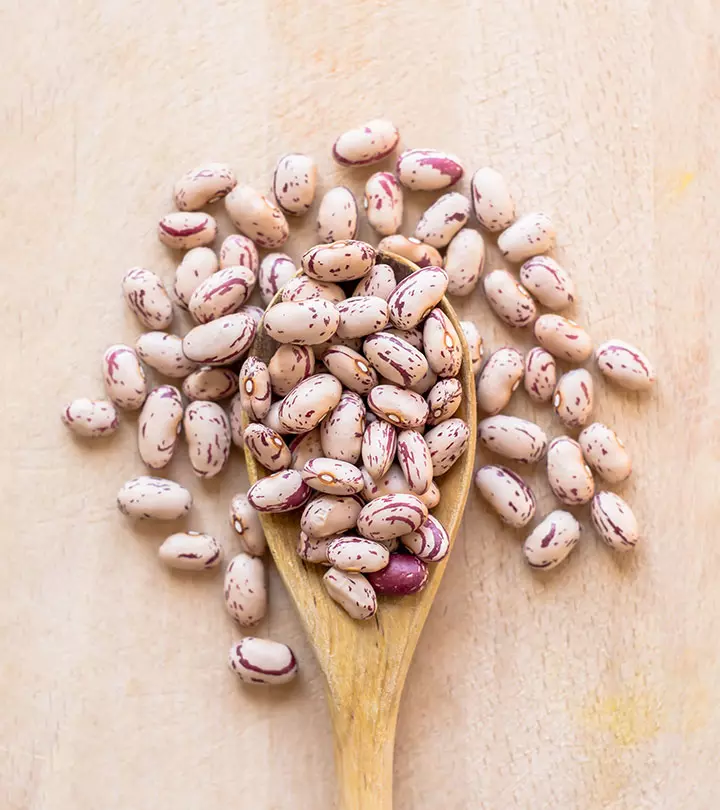
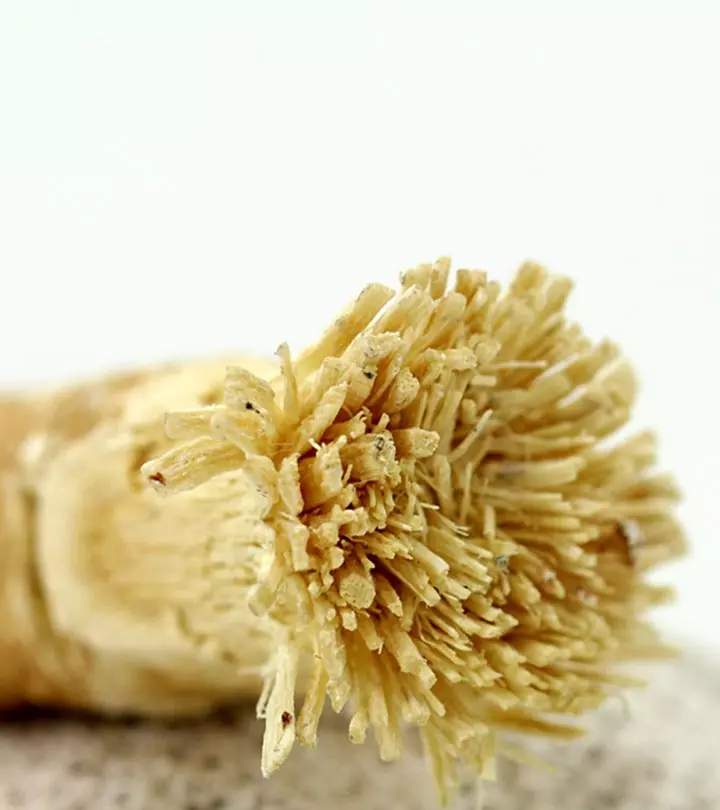
Community Experiences
Join the conversation and become a part of our empowering community! Share your stories, experiences, and insights to connect with other beauty, lifestyle, and health enthusiasts.